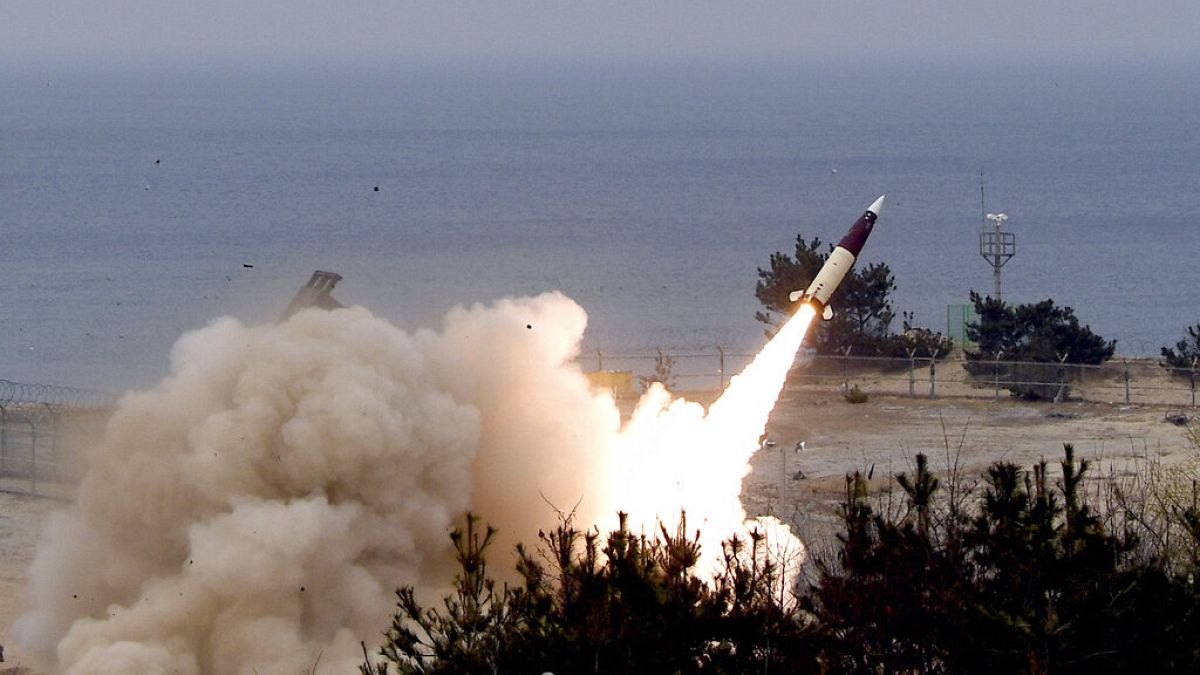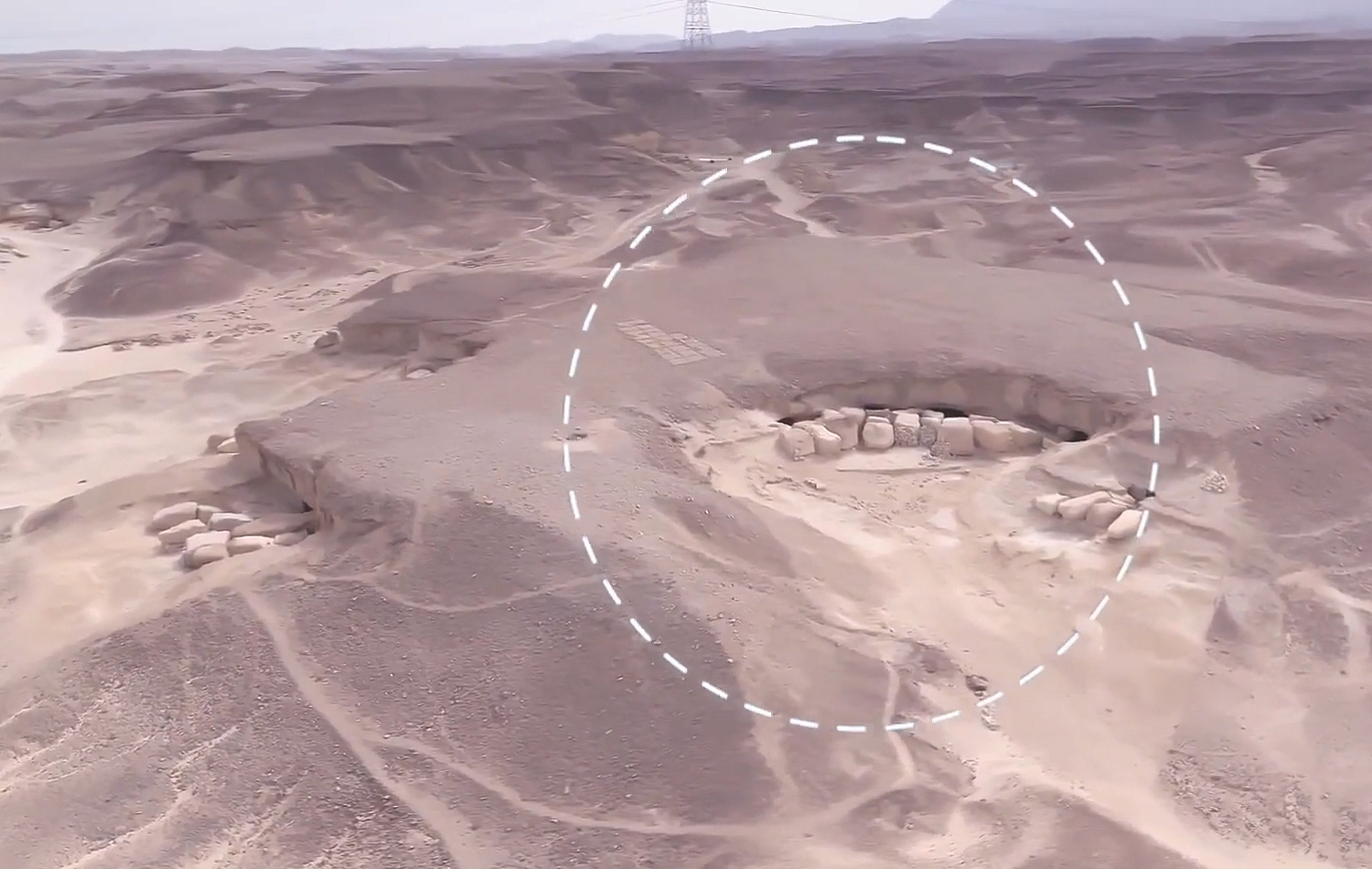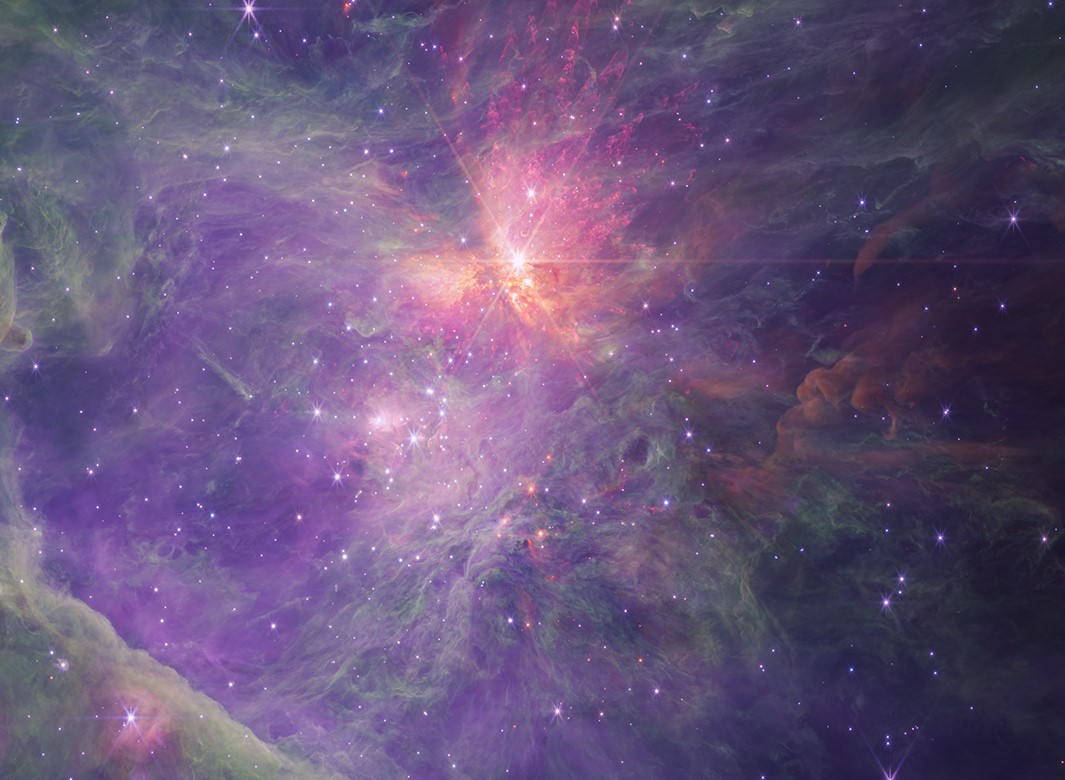According to experts, it may be necessary to introduce a new astronomical category for these objects, which are the size of Jupiter but do not have a star orbiting them. The mystery is only enhanced by the fact that for some reason they occur in pairs.
The orbiting objects, known as Jupiter-mass binaries, or jumbos for short, have been discovered in stunning images taken by the James Webb Space Telescope. These objects are too small to be considered stars, but they also do not meet the traditional definition of a planet because they do not orbit a star.
This discovery raises the relatively clear waters of a decade of existing theories about star and planet formation, according to which such Jupiter-sized objects could not have formed even during processes that occur within the nebula’s clouds of dust and gas.
The James Webb Space Telescope often finds interesting objects, the latest of which was the so-called Jupiter-mass binary, jumbo, discovered with its help. The study you submitted has not yet passed the scientific evaluation process – The Guardian reports. Jumbo objects are interesting for several reasons: on the one hand, they are too small to be stars, and on the other hand, because they do not orbit their parent star, they do not fit the traditional definition of a planet. Moreover, its mere presence calls into question current theories of star and planet formation, according to which Jupiter-sized objects cannot even form in interstellar gas clouds similar to the Orion Nebula. The icing on the cake is that these objects occur in pairs, which is typical for stars.
A few things to know about these jumbo objects: These hot, gaseous objects have atmospheres of steam and methane — as you can see, they really look like planets, but they technically aren’t. It’s also worth noting that these roughly million-year-old jumbo objects have a surface temperature of around 1,000 degrees Celsius, but in the absence of a central star, they cool quickly and can reach habitable temperatures briefly before becoming too cold. However, since we are talking about gas giants, liquid water cannot exist on their surfaces in the first place, and in the galaxy they are generally unsuitable for supporting life as we know it.
The jumbo asteroids were discovered in the Orion Nebula, 1,344 light-years away, the closest massive star-forming region to Earth. Stars typically form when clouds of dust and gas in a nebula cool, disintegrate and collapse under the influence of gravity. The smallest stars have a mass of about 80 Jupiter masses, and below that mass the core is not dense enough for hydrogen fusion, but smaller objects can also collapse in a similar process, including faintly glowing brown dwarfs, which are sometimes called defective stars. However, we are actually talking about a planetary mass less than 13 Jupiter masses. However, based on theoretical models, the minimum for an object to form during a star-like gravitational collapse is about three to seven Jupiter masses.
Smaller freely rotating objects have been discovered before, and in connection with them, the question arose as to whether they formed in a particular location or emerged from a star system. However, the latest discovery is difficult to explain: hundreds of Jupiter-mass objects have now been discovered, and dozens of them occur in pairs.
Professor Matthew Butt, head of the Department of Astrophysics at the University of Exeter, who was not involved in the research, had this to say about it all:
“I don’t know how to explain the large number of things they saw. There seems to be something missing in all the theories so far. There seems to be a mechanism that creates these (things) that we have not thought about yet.”
Such a find is very rare. Over the past decade, many of us thought we understood star formation fairly well. “So this is a very surprising result and we will learn a lot from it.”
Professor Anthony Whitworth, an astrophysicist at Cardiff University, described the observations as an “amazing result,” and according to him, it cannot be ruled out that these binary objects formed inside a circumstellar disk, from which they emerged in pairs. This, of course, would have required interaction with other stars, which in stellar terms is not impossible in Orion’s dense star field.
(Long-wavelength image of the inner Orion Nebula and the Trapezium Cluster taken by the James Webb Space Telescope, Source: NASA)









































